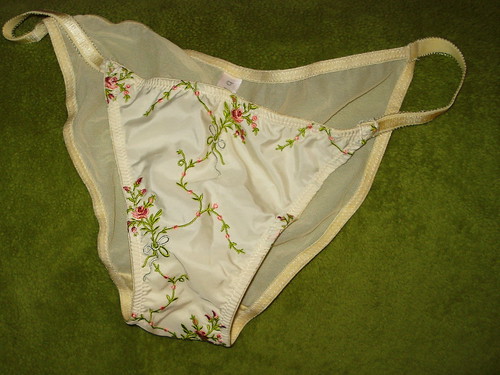Throughout this thesis, I will attempt prove whether blogs are considered a valid form of advertising. The outcome of this statement can have tremendous value for media buyers and planners as well as creatives in the industry. Blogs are not similar to any form of traditional advertising, and for this reason they are often overlooked when planning a campaign or media buy. They are part of a new era of social networking, a world existing purely online. Blogs are a new medium, and for the most part, are relatively unexplored. Without understanding this new medium, those in the industry put themselves and the products that they represent at a disadvantage. Blogs provide advertisers with an excellent opportunity to reach a devoted audience niche. As well as track responses to the advertising.
A new American Advertising Federation study on "Digital Media Trends" reports that 58% of "advertising industry leaders" said that they personally are "struggling simply to manage existing online efforts, let alone stay ahead of the curve.(Ochman, 2006)" This paper will attempt to show; the value of this medium, what its strengths are, and where its weaknesses lie for those in the advertising industry. Also of value to clients and creatives alike is how blogs originated, what they consist of today and where they are projected to go in the future.
The internet has expanded exponentially, every product and company and person needs to have his or her own website to survive. In turn, people are looking for a more personal internet experience. Blogs connect people with similar interests and cultural backgrounds; the perfect haven for targeted marketing. The problem with traditional internet advertising is the lack of personal connection the consumer feels towards banner ads and pop ups. Blogs give the customer targeted ads in a non-threatening environment. Blogs already have the reader’s attention and can deliver ad material that is relevant and interesting to the consumer. This devoted customer is something that few other methods of advertising can deliver. As a blog gets more popular it develops a devoted fan base, readers that come back daily looking for new material and as a result develop a relationship with the blogger. The relationship strengthens and continues to grow as both the reader and the blogger receive what they want out of the relationship. Even though many times bloggers and readers will never meet in real life, they build the foundation of a normal ‘real-life’ friendship including trust and accountability, the perfect base for advertising that targets specific niches and as a result resonates with the consumer.











